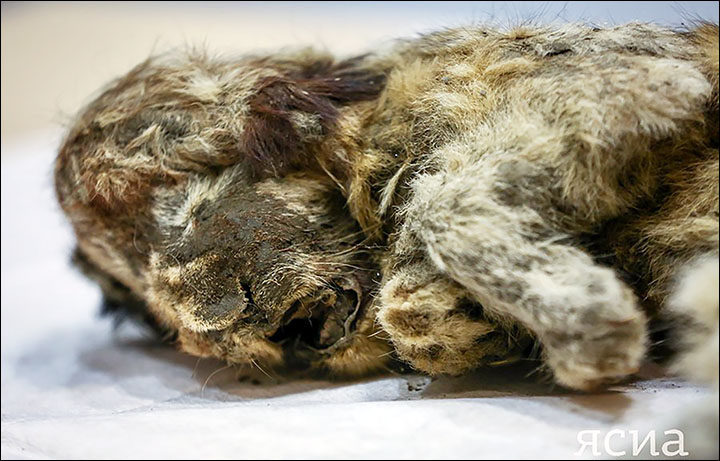
Scientists examining recently found cave lion cub Spartak, dug from the permafrost, say they have made an unexpected discovery about the extinct species.
Dr Alexei Tikhonov, head of the Zoological Museum of the Russian Academy of Sciences, said: 'We see that this lion cub is spotted.
'And we know that in ancient cave drawings some ancient lions were depicted with spots.
'It used to be thought that the Palaeolithic artists decided to simply put on these spots.
'Now it can be argued that, at least in the fur of cubs, they really were.'
Or anyway, some were spotted.
Cave lions were once prevalent from Great Britain to the land bridge with Alaska and into modern-day Canada.
Recently remarkable finds of life-like frozen corpses of cave lion subs have been found in Yakutia, eastern Siberia.
One, called Boris, without visible spots, has been definitively dated by Japanese experts as living 43,500 years ago, it was announced this week in regional capital Yakutsk.
Spartak - likely a sibling of Boris - was found later but close by the other cub, some 15 metres away.
The prehistoric baby lions are being examined for possible use in extracting live cells which could lead to cloning the species back to life.
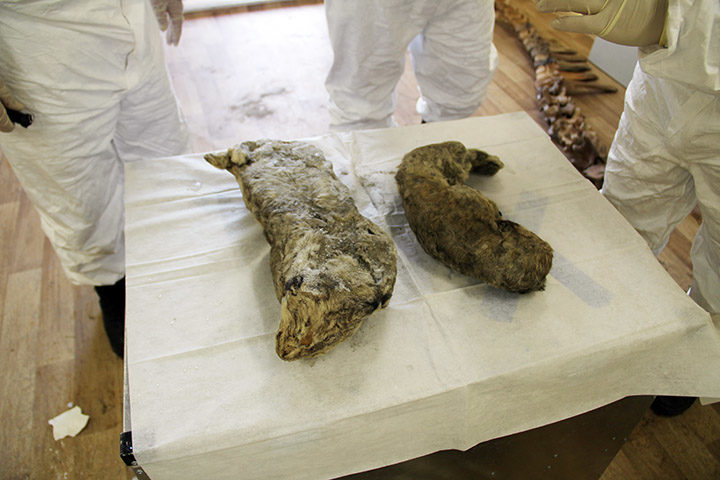
'I think it is kind of individual variability, since Boris doesn't have spots.'
Both have 'brown tassels' on the ears.
Professor Naoki Suzuki, of Jikei University School of Medicine (Tokyo) said: 'Boris is the largest cub found in Yakutia.
'We also carried out tomographic studies of Spartak in order to learn more about its internal structure, which is truly amazing.
'Not only are bones preserved, but also the brain and other organs.
'I have already worked with the previously found lion cubs Uyan, Dina and Boris, but Spartak has so far been the best sample for anatomical research.'
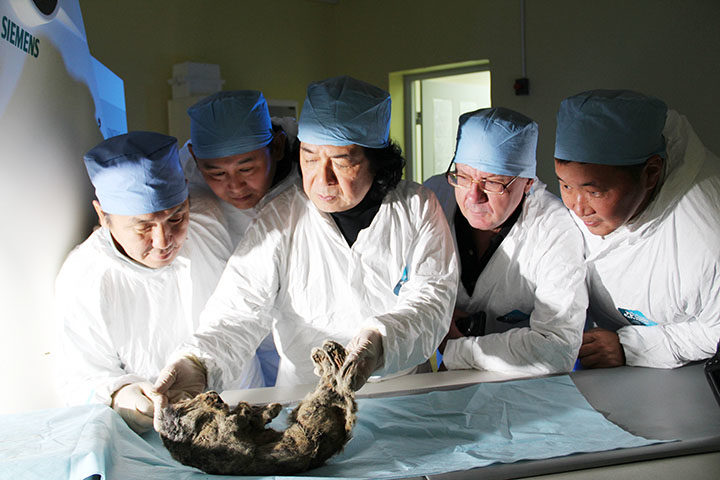
A mystery remains as to how the cubs died so close to each other - but plainly in very different ways.
Dr Tikhonov said scientists assume the death of Boris was unexpected. This cub was 'chubby'.
In contrast Spartak appears to have been completely exhausted.
The little cub may well have perished from starvation, perhaps abandoned by its mother.
A tomogram analysis showed its gastrointestinal tract was completely empty, and the carcass itself was much smaller than Boris.
Dr Tikhonov said: 'Unlike Boris, Spartak has a fully preserved tail.
'But there is a strange cut or gap on it. We need to sort out how it happened.'
He concluded: 'We suggest that the mother lioness dumped Spartak from the very beginning.
'It happens. A lioness can dump weak cubs in unfavourable conditions.
'We think that the poor thing was abandoned soon after birth and never got mother's milk.
'Boris was well-fed, but something happened rather soon after his birth and he also died.'
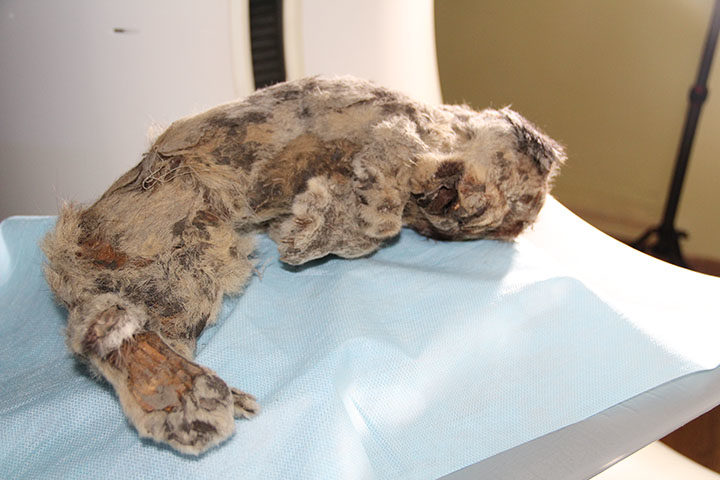
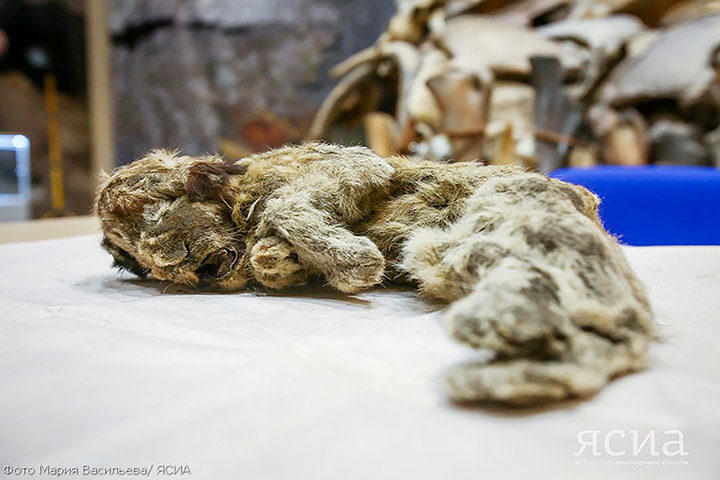



'POOR' ???? O_o AMERICAN DRAMA QUEEN writer ???? Seriously!!
Arrogant n proof of stupidity of the modern brain. The liers and bullshitters live today, to project that on the Palaeolithic Artists is just so IN!! O-o